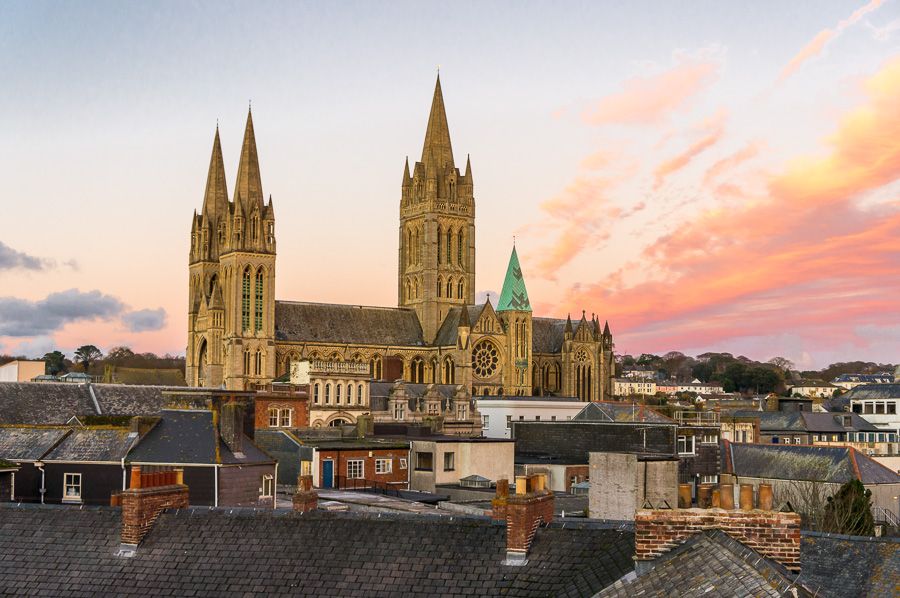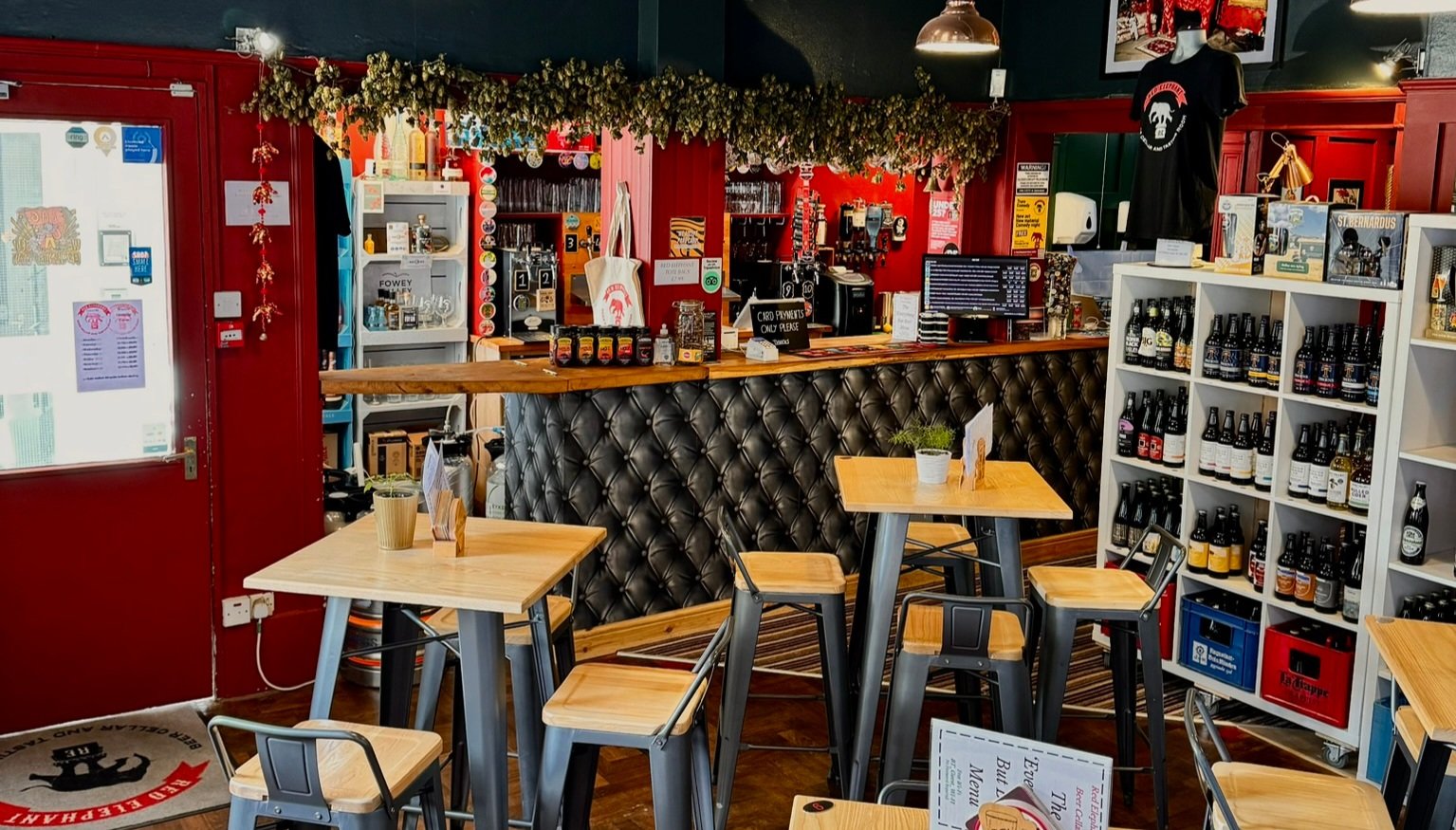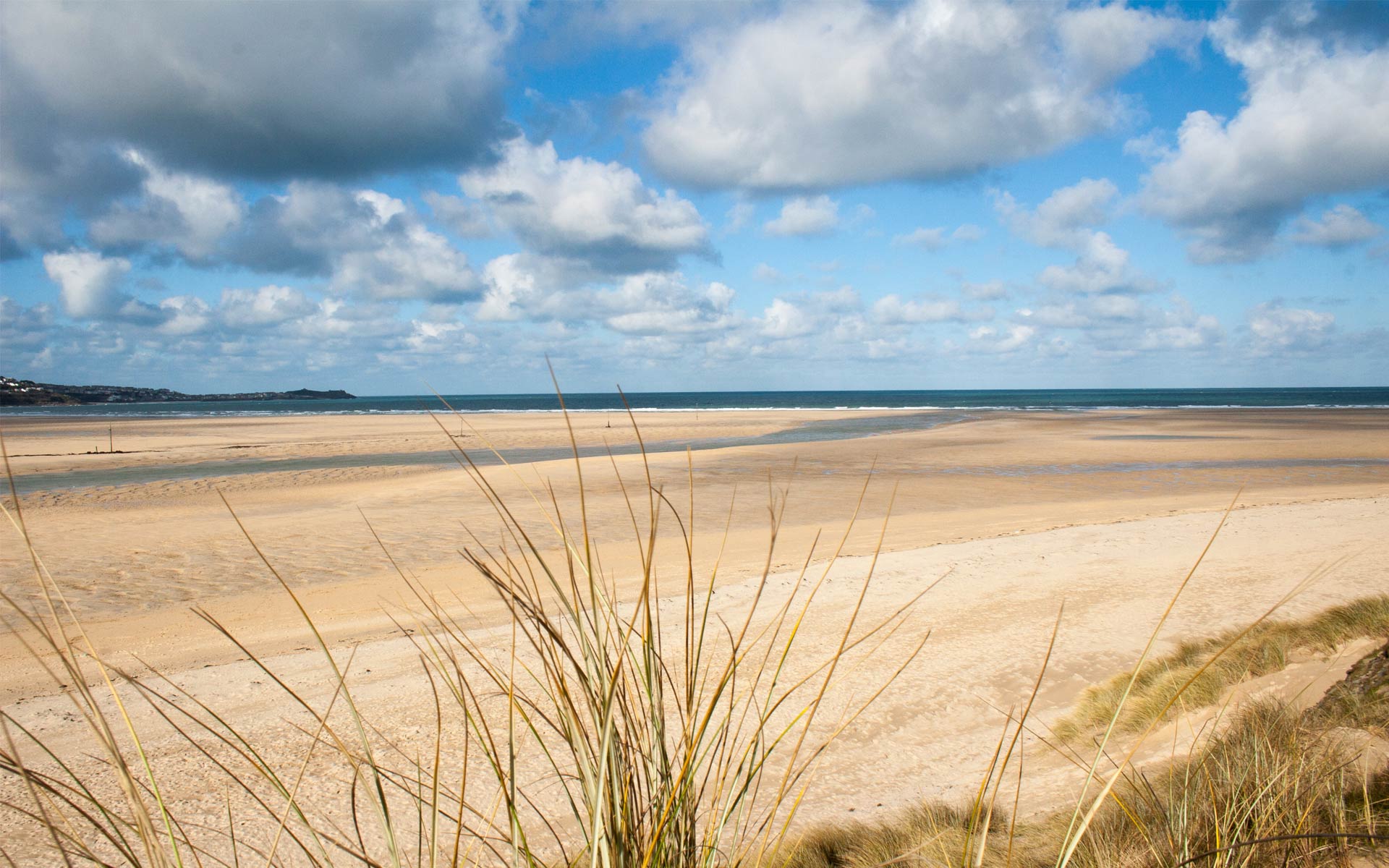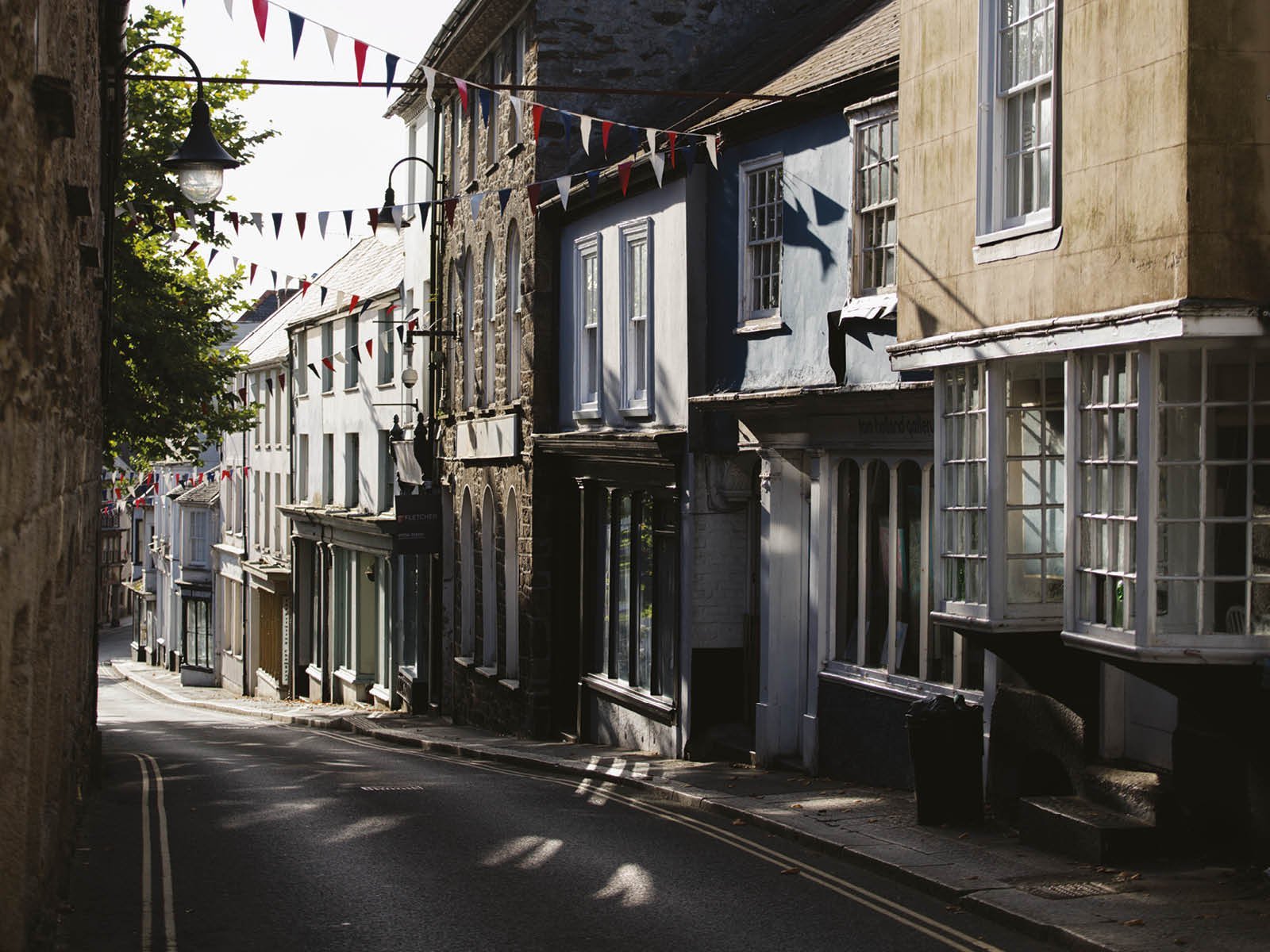TRURO

Cobbles, cafes, contemporary bars and an impressive cathedral. Truro, the only city in Cornwall, is the centre for retail and leisure - but some of the best haunts are hard to find. Discover our Truro Map to help you along the way.
The name Truro is thought to either mean ‘three roads’, referring to the three main connecting roads in and out of the city, or ‘three rivers’ referring to the The River Allen, The River Kenwyn and The Truro River which all converge at The Town Quay.
Until the 1920s ships could come right up the river to discharge their goods onto Back Quay, where The Drummer statue is now. The statue was made by sculptor Tim Shaw and represents Cornish identity, symbolising a place where ‘the drum beats differently’. The cast containing Cornish tin and copper and the emblem upon the drum refer to Truro’s past as a stannary town. Nowadays farmers and makers sell their wares on the many stalls on Lemon Quay and there seems to be a market there almost every day of the week! Lemon Street was completed in 1831 and is a fine example of Georgian Architecture using Bath stone. The statue on this street commemorates the 19th Century expolorer Richard Lander. Find out more about the history of Truro (and indeed Cornwall) at the Royal Cornwall Museum.
Victoria Gardens is beautiful with it’s exotic plants, quirky bandstand and view of the viaduct. There are also many beautiful walks around Truro. By following the River Kenwyn you reach Coosebean Woodland (great for bikes) and The Enchanted Nature Trail with its many cute fairy houses. Alternatively, follow The Truro River to arrive at Malpas: great play area and beautiful river views with a heron or two if you’re lucky. Ask for directions to ‘Sunny Corner’.
Truro also has great transport links (by road, rail or water) to other parts of Cornwall.
THINGS TO DO
CAFES & restaurants
Sandwiches freshly made to order, Cornish coffee, traditional cream Teas, lunch menu with ever changing specials, homemade bakes & cakes with lots of lovely Cornish produce. Don’t miss Saturday cooked breakfast or their pop-up evenings. Also offering venue hire and celebration cakes.
BArs & Restaurants
SHOPPING
Uneeka.Life is home to a wide range of ethically sourced and locally produced products including handbags, jewellery, scarves, stationery, candles and men’s gifts. The unique shop, located on Truro’s Boscawen Street accommodates plenty of styles, so you’re guaranteed to find something you’ll love.
Uneeka.Home has an amazing array of ethically sourced furniture, from rustic old pine to solid hardwoods. They also stock quality homewares, Rugs and Lighting. There is something for everyone in their showroom on City Road, so why not pop in and find the perfect new addition for your home. Free customer parking and nationwide delivery.
Award winning bottle shop & bar! Choose from over 250 delicious craft beers from Cornwall & further afield. Ever-changing brews on tap. Always a friendly chat to be had in the quirky bar or have a seat out in the sunshine. Don’t forget to take a bottle home with you! Dog friendly.
A beautiful little shop full of fine jewellery designed and hand crafted in the heart of Cornwall. Whether it’s a friendship ring, a last-minute present ring, or the ring, Canary Blue will help you find or create something uniquely special. Restorations & repairs also available.
Eclectic vibes welcome you to this little emporium full of handmade in Cornwall & ethically sourced gifts & goodies. From Sterling Silver jewellery, body jewellery, sustainable clothing to pick’n’mix beads, crystals, incense and boho homewares. Professional piercing studio opening on site Summer 24!
Explore this huge selection of fresh, dried & frozen foods, snacks and drinks to help you to make delicious Asian creations at home. Including sushi kits, sauces & seasonings, curry pastes, chilli products, gochujang, gold plum, dumplings, siu mai, mochi, pocky, matcha and much more!


































